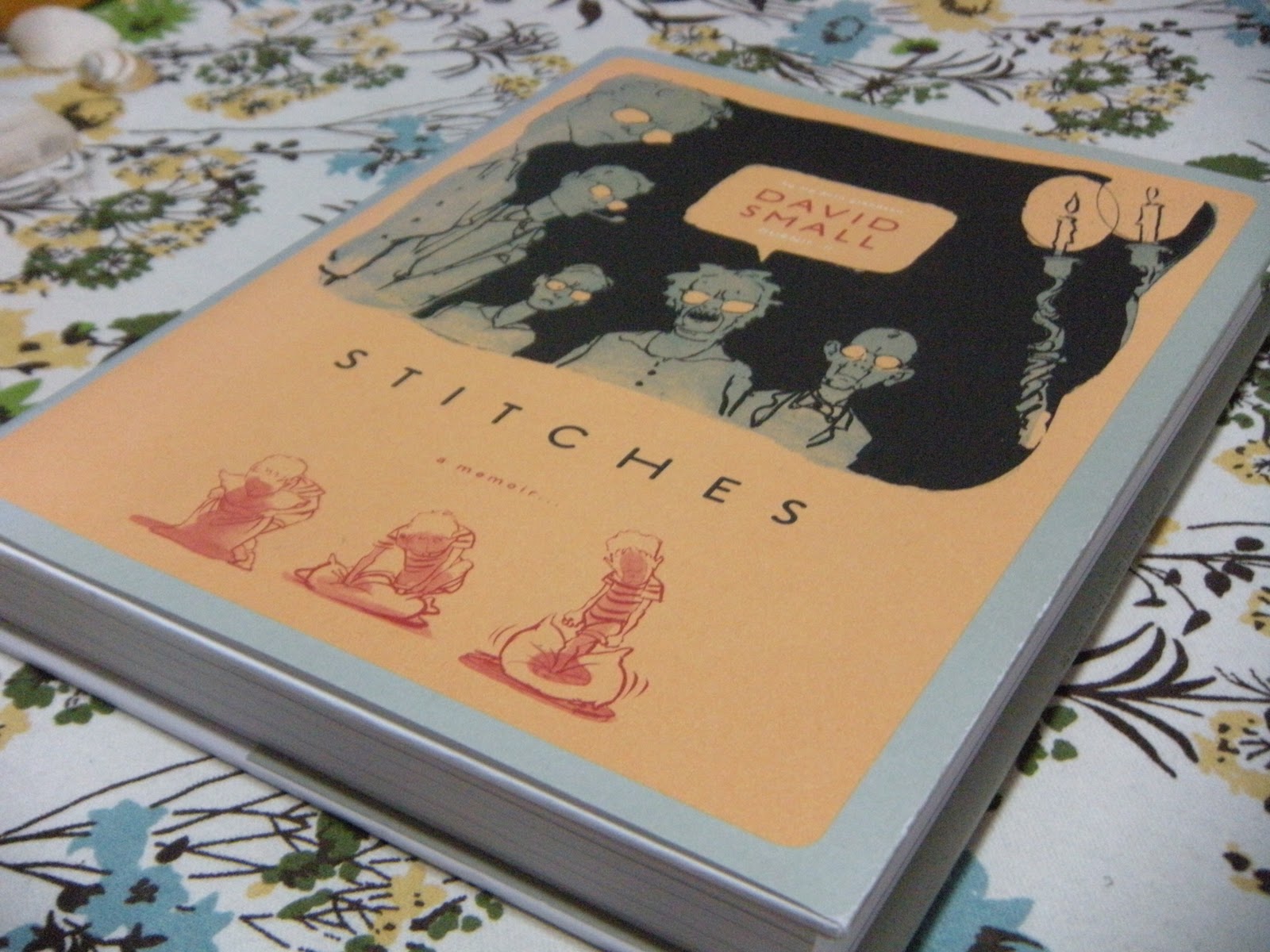Merry Wanderer of the Night:
graphic novel
Book Review: Essex County

Book Review: Stitches
Book Review: I Saw You and The Wonderful Wizard of Oz
Book Review: The Diary of Anne Frank & The Authorized Graphic Biography

Awesome Essays: Compulsory Reading

Scott Pilgrim's Precious Little Life

Make Yourself Happy

The Imposter's Daughter

Fun Home: A Family Tragicomic

Guest Post: Ron Returns! Great Graphic Novels
Guest Post: The Graphic Novel
American Born Chinese

Chicken With Plums

Shortcomings

Emma Volume One


